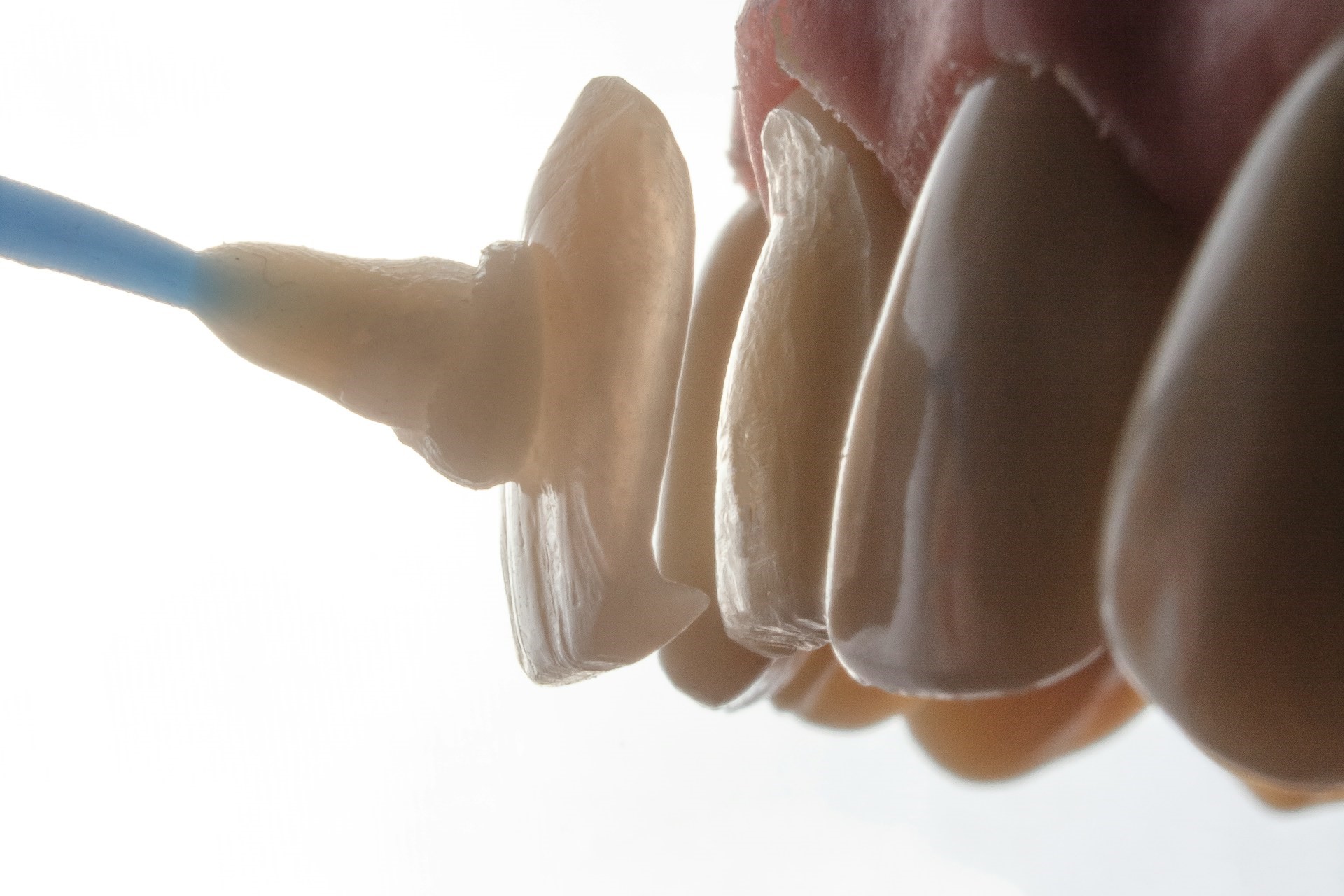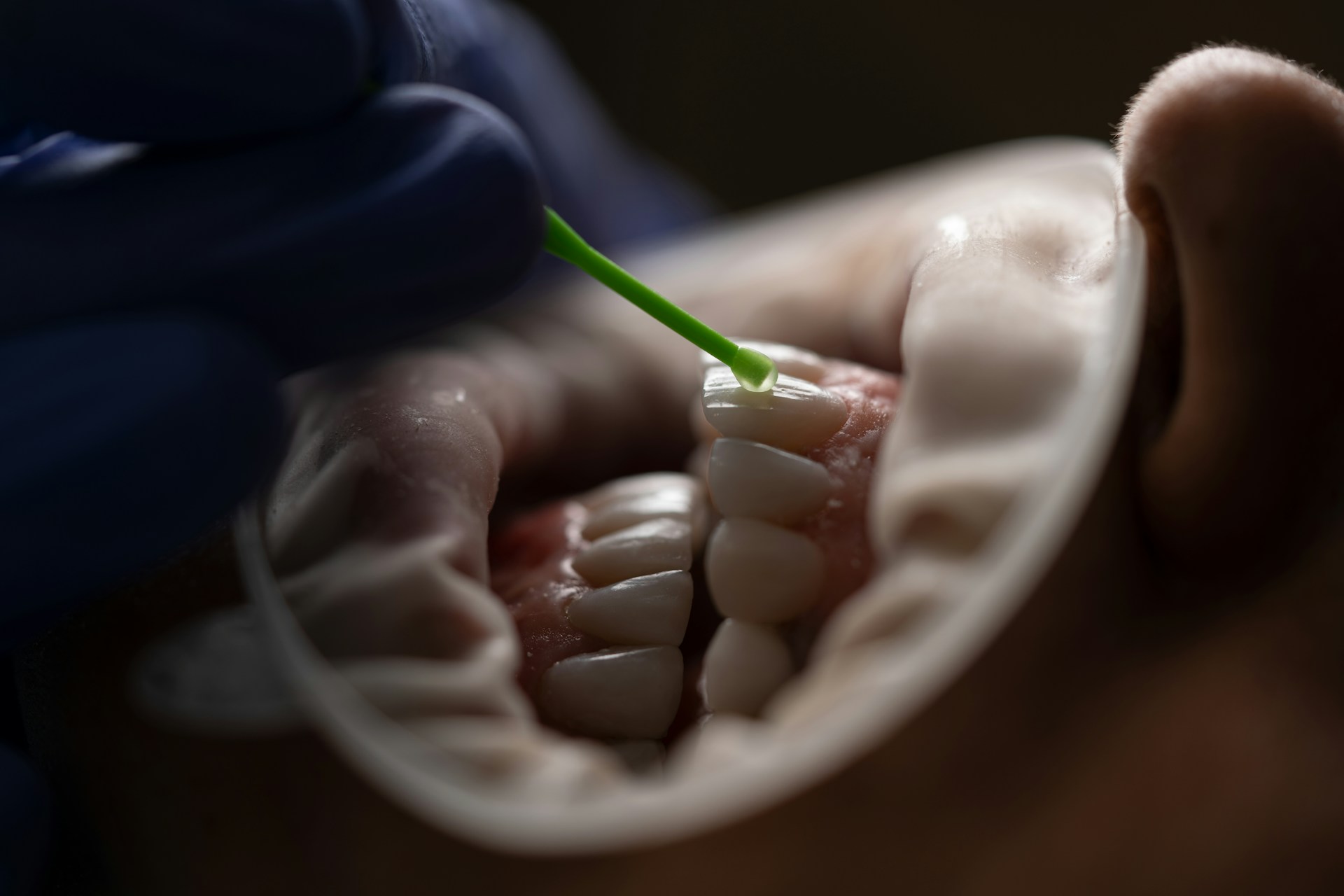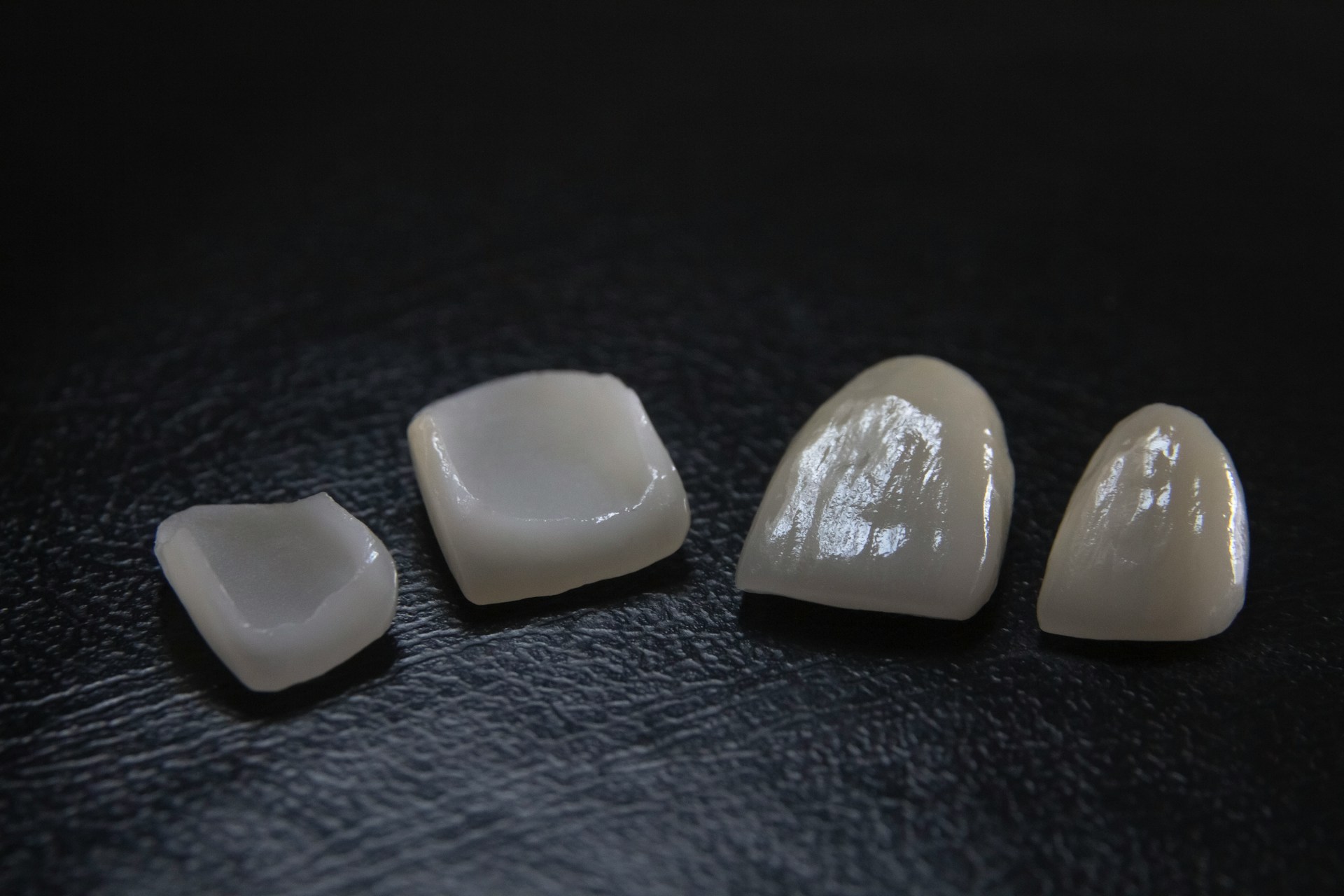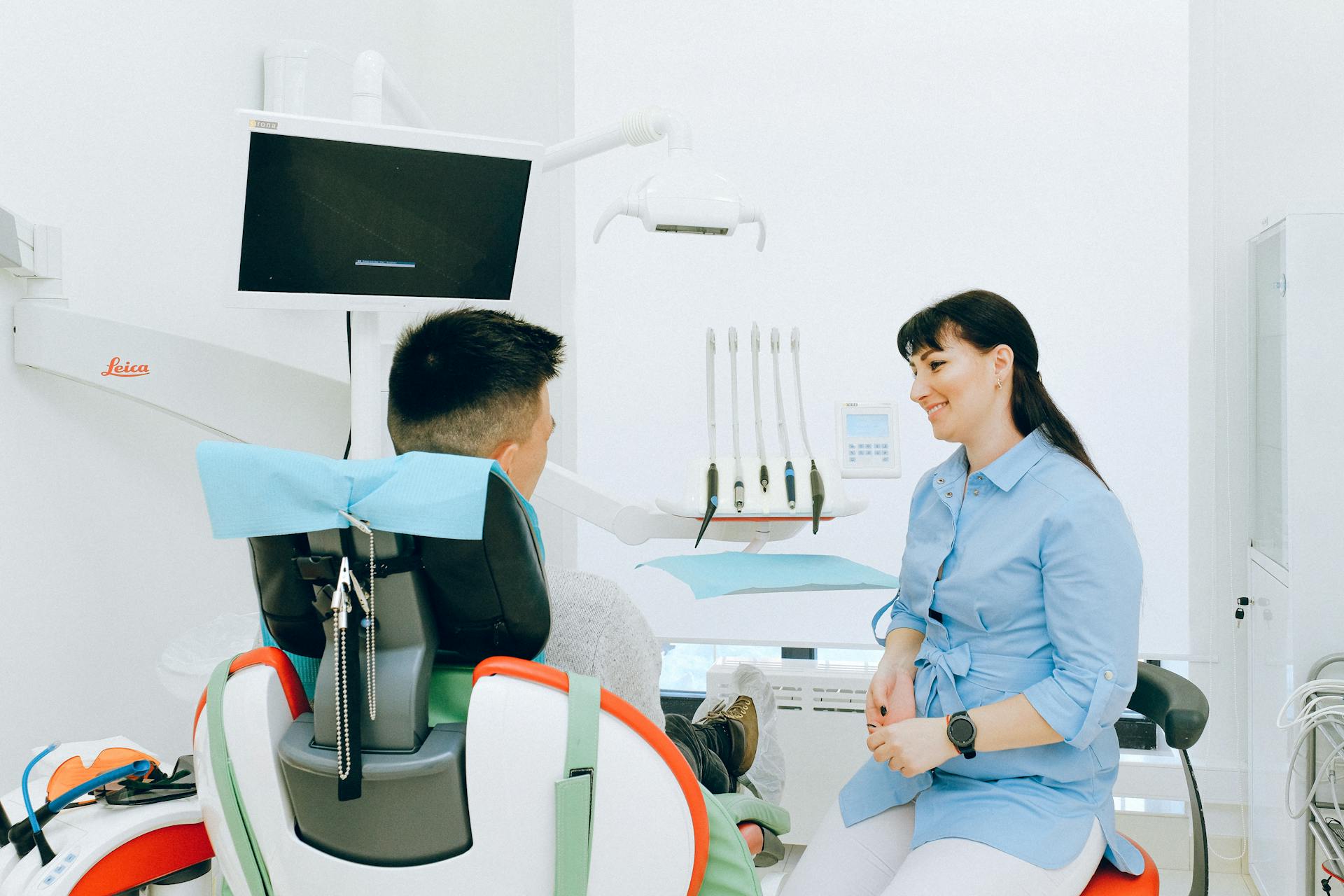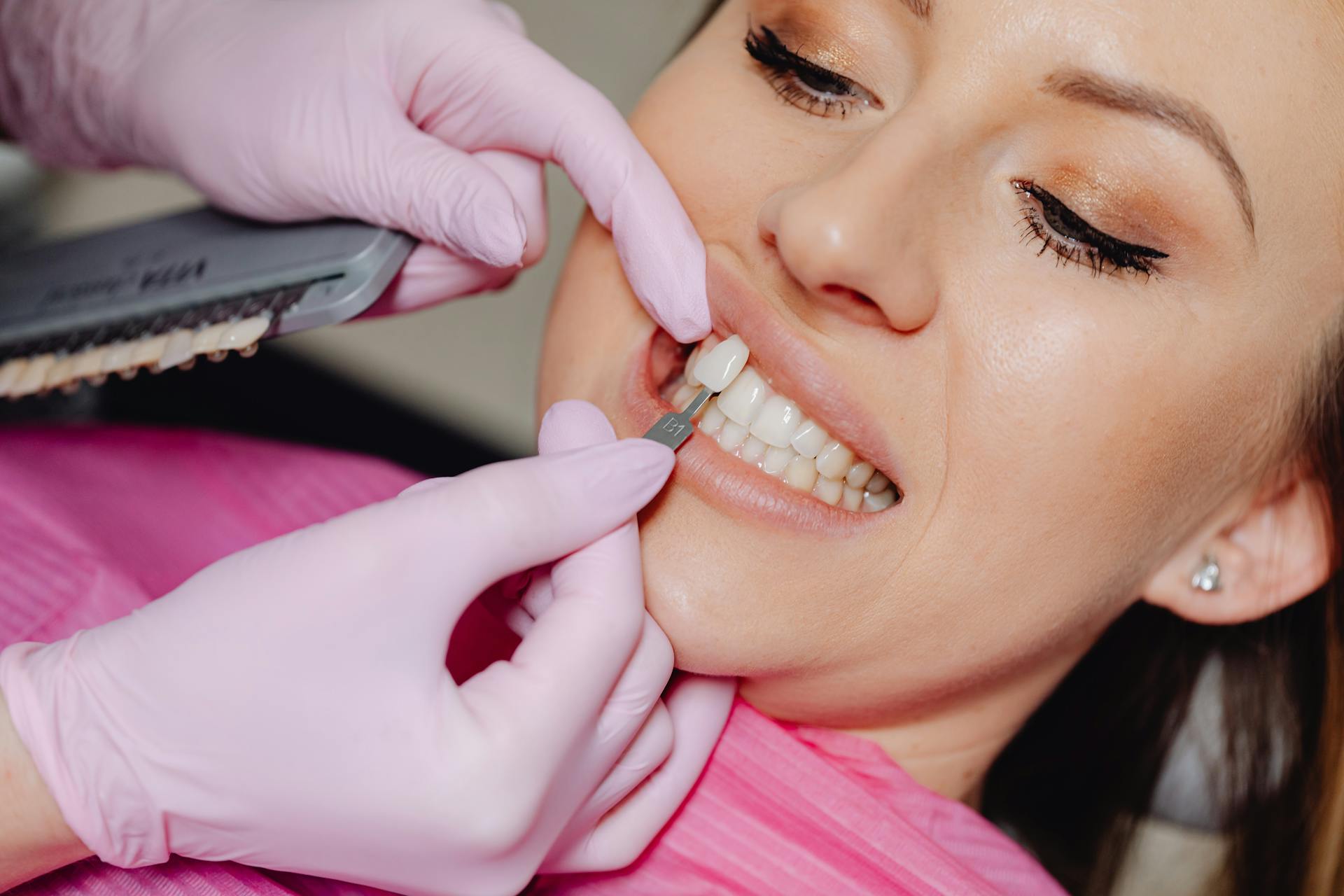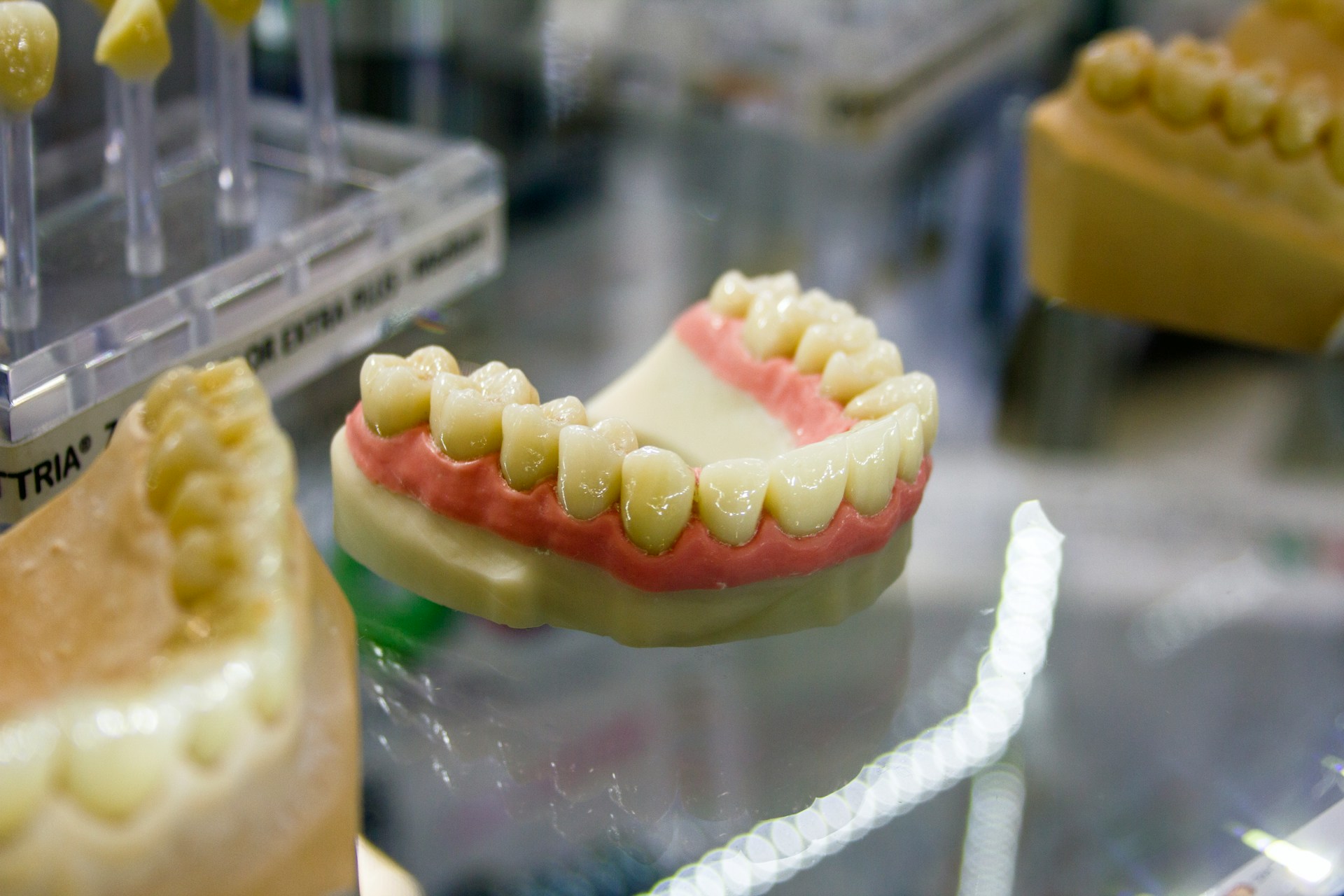Temporary veneers play an important role in the journey toward achieving a perfect smile. They are beneficial for various reasons, whether you’re looking to protect your teeth during the veneer process, assess the aesthetics and comfort of the veneers you plan to have, or simply cover imperfections while waiting for more permanent solutions.
This article will delve into the placement of temporary veneers, evaluate their advantages and disadvantages, and provide guidance on how to care for them. Furthermore, we will explore alternative options for those considering different solutions.
Why You May Need Temporary Veneers
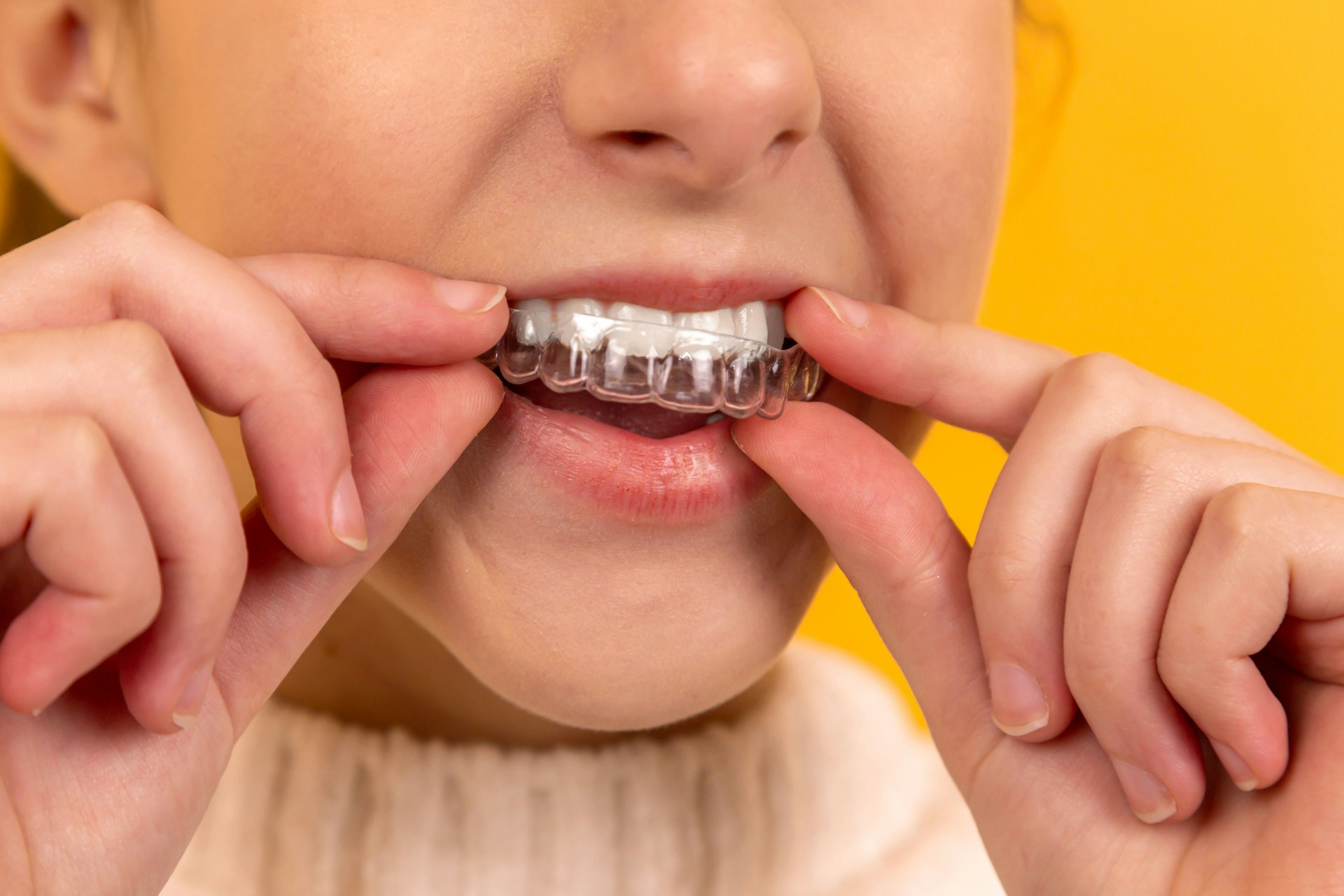
Temporary veneers are an effective solution for a range of dental needs, offering immediate enhancement to one’s smile while waiting for more permanent options.
Whether they are used to protect teeth during the veneer application process or to address imperfections, these temporary solutions help maintain dental aesthetics.
In the realm of cosmetic dentistry, the popularity of temporary veneers has grown significantly, thanks to their ability to restore the appearance of teeth and boost patients’ confidence in their smiles.
1. To Protect Teeth During the Veneer Process
One of the main reasons for utilising temporary veneers is to protect the teeth during the veneer application process, ensuring that the underlying dental health remains intact. These temporary coverings act as a vital barrier, effectively shielding the natural teeth from potential damage and minimising the risk of sensitivity.
As patients go through various dental procedures, they can feel reassured knowing that temporary veneers also play an important role in preventing tooth decay. This protection helps maintain enamel integrity, which is essential for long-term oral health. In cases where minimal or no enamel preparation is preferred, options like Lumineers can also provide a more conservative approach while still achieving aesthetic goals.
With these temporary solutions in place, individuals can confidently undergo treatments while enjoying enhanced protection and comfort. This allows dental professionals to focus on achieving optimal results without compromising the patients’ natural dental structure.
2. To Test the Look and Fit of Veneers
Testing the appearance and fit of temporary veneers is an essential step in the veneer preparation process. This phase allows patients to visualise their potential smile enhancement before they commit to permanent solutions.
Beyond aesthetic evaluation, this interim stage significantly boosts a patient’s confidence about their future smile. By experiencing the temporary veneers firsthand, individuals can assess how the new look aligns with their personal aesthetic goals, experimenting with various shapes and shades.
Ensuring a proper fit for the veneers is crucial, as it guarantees that the temporaries blend seamlessly with the existing teeth while offering a preview of the improved aesthetics. This careful evaluation give the power tos patients to make informed decisions about their treatment, reassured that their ultimate smile transformation will be as beautiful and natural as they envision.
3. To Cover Imperfections Until Permanent Veneers Are Ready
Temporary veneers serve as an excellent solution for covering imperfections and enhancing the overall appearance of teeth while patients await the crafting of their permanent veneers.
This short-term cosmetic option allows individuals to experience a significant transformation in their smile without enduring the lengthy process often associated with traditional dental treatments.
By effectively masking issues such as discolouration, chips, or misalignments, these temporary solutions provide an instant boost in confidence and self-esteem. For patients who may also be considering teeth straightening options, combining treatments like Invisalign with veneers can further enhance overall dental aesthetics, addressing both alignment and surface imperfections.
Patients can enjoy a preview of their enhanced smile, which aids them in making informed decisions regarding their permanent veneers. The convenience of temporary veneers lies not only in their aesthetic advantages but also in the minimal adjustments required for placement, making them a practical choice for those eager to improve their smiles quickly and effectively.
How Temporary Veneers Are Placed
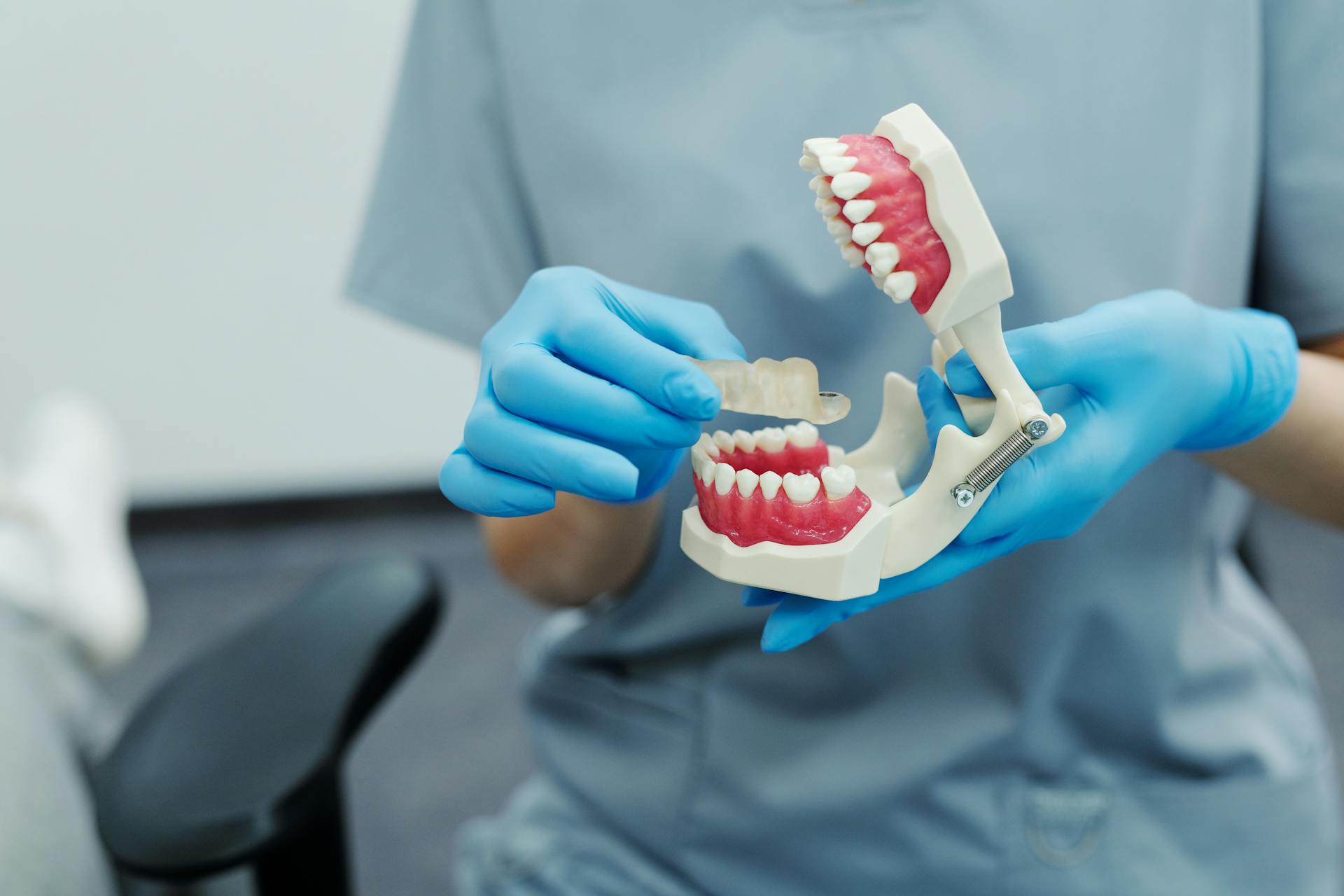
The process of placing temporary veneers involves several careful steps to ensure a proper fit and aesthetic appeal.
This procedure also incorporates advanced dental technology to achieve the best possible results.
1. Impressions of Teeth Are Taken
The initial step in applying temporary veneers involves taking accurate dental impressions of the teeth to ensure a perfect fit during the veneer preparation phase. These impressions are vital, as they provide the basis for crafting custom veneers that seamlessly conform to the patient’s unique dental structure.
When executed correctly, these impressions not only enhance the visual appeal of the veneers but also play a crucial role in aligning them properly with the natural teeth. Proper alignment is essential for maintaining oral hygiene, as ill-fitting veneers can create gaps where plaque and food particles may accumulate, potentially leading to dental issues.
Thus, attention to detail during the impression process is not just a technical formality; it is fundamental for achieving lasting results and promoting overall health in one’s smile.
2. Temporary Veneers Are Made
Once the dental impressions are completed, temporary veneers are created using high-quality materials designed to closely mimic the desired aesthetic and appearance.
These materials typically include composite resin and acrylic, each with unique properties that enhance the artistry involved in dental restorations.
- Composite resin provides a wonderful combination of durability and light-reflective qualities, allowing for a natural look that harmonizes with the surrounding teeth.
- On the other hand, acrylic strikes an excellent balance between flexibility and strength, making it an ideal choice for temporary use while the final, custom-made veneers are being prepared.
The selection of materials is essential in achieving both functionality and beauty, highlighting the intricate relationship between dental craftsmanship and aesthetic restorations.
3. Teeth Are Prepared for Veneers
Preparing the teeth for veneer application is an essential step that involves reshaping the tooth structure to ensure that the temporary veneers fit seamlessly and meet dental expectations.
In this initial stage, the dentist typically removes a thin layer of enamel. This step not only creates enough space for the veneer but also aids in achieving a natural appearance once the veneers are placed.
Techniques such as precision grinding or etching are often employed to modify the contours of the teeth, allowing for a more customised fit. By carefully assessing each tooth’s size, shape, and alignment, practitioners can tailor the preparation process to maximise adhesion and the longevity of the veneers.
These meticulous adjustments significantly enhance both the aesthetic results and functionality of the veneers, ultimately leading to greater patient satisfaction.
4. Temporary Veneers Are Placed
The temporary veneers are carefully placed onto the prepared teeth, marking the successful completion of the veneer application process and enhancing patient satisfaction.
During this crucial phase, dental adhesives are used to ensure a secure fit while also allowing for easy removal when the permanent veneers are ready. After positioning the veneers, the dental professional assesses their alignment and overall appearance, making any necessary adjustments to optimise both functionality and aesthetics.
It is essential that these temporary solutions not only look appealing but also provide patients with comfort and confidence in their smiles, highlighting the importance of a successful dental procedure.
Throughout this process, open communication with the patient is prioritised to address any concerns, ensuring they are pleased with the temporary results.
Pros and Cons of Temporary Veneers
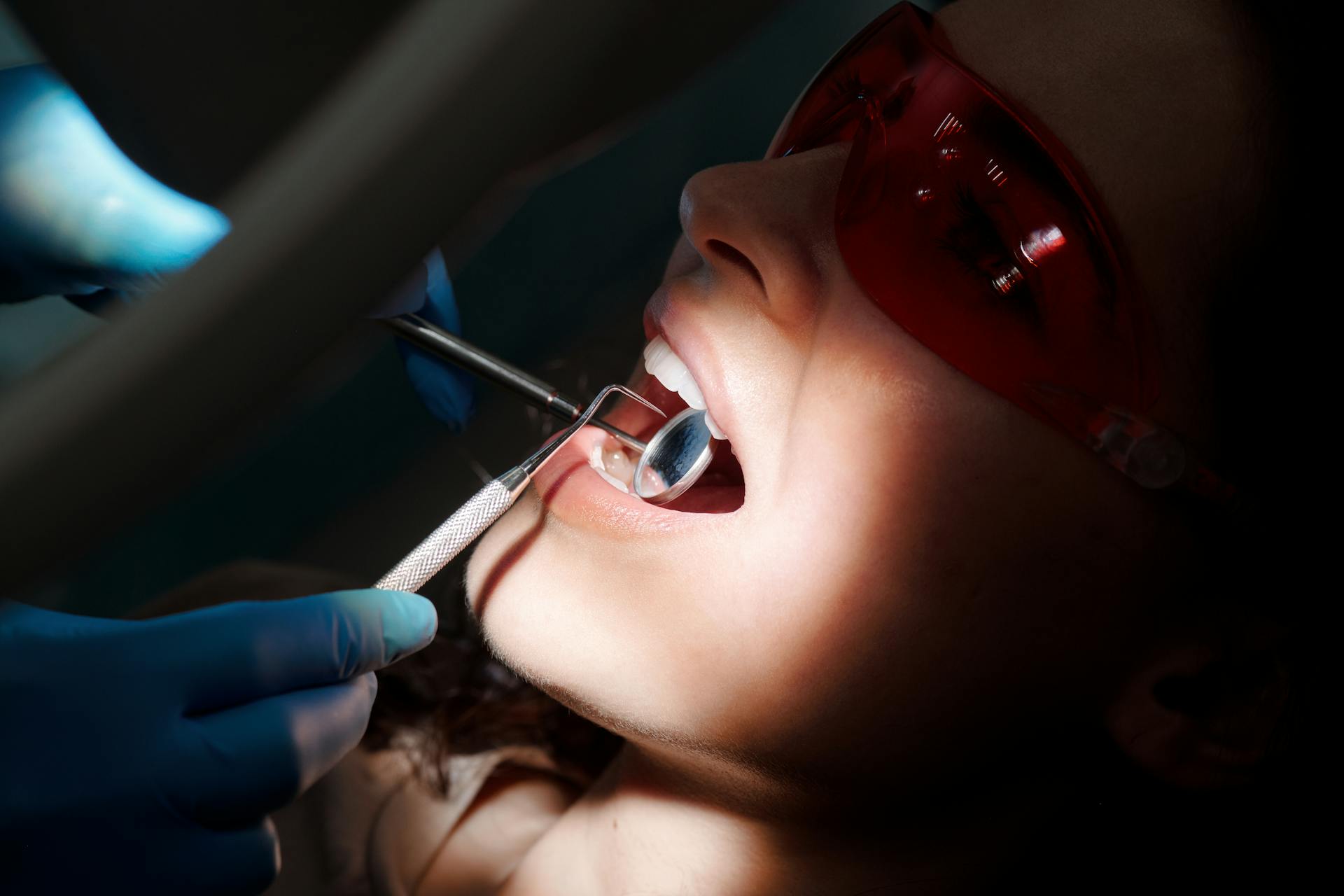
Temporary veneers have their own distinct advantages and disadvantages, making it crucial for dental patients to be well-informed about both the benefits and limitations before deciding to pursue this cosmetic enhancement.
While they provide an excellent preview of the final results and allow for adjustments to achieve the desired look, they also serve as a cost-effective step in the veneer process.
Understanding the cost of veneers positively highlights the value they bring, as temporary veneers allow patients to see how the final outcome aligns with their expectations before investing in the permanent solution. This thoughtful approach ensures that individuals make a more informed and confident decision regarding their dental options.
Pros:
Temporary veneers provide several benefits, serving as essential protection for teeth during the transition period while also offering a unique opportunity to evaluate their fit and appearance.
These provisional coverings act as a safeguard against potential damage, particularly when the teeth have been prepared for permanent veneers. For example, they help prevent sensitivity and can conceal any unsightly imperfections, allowing individuals to maintain confidence while they await their final restorations.
Temporary veneers also create an evaluation period, allowing users to assess not only the aesthetics but also their comfort level. This ensures that the final choice aligns perfectly with their expectations.
Such a practice fosters a personalised approach to dental aesthetics, making it easier to enhance one’s smile without any commitment until the final decision is made.
1. Protection for Teeth
One of the most notable advantages of temporary veneers is their capacity to protect teeth from decay and other potential damage during the waiting period. This protective covering shields the underlying enamel, significantly reducing the risk of complications that could occur before permanent solutions are implemented.
By serving as a barrier against harmful bacteria and external factors, temporary veneers play an important role in maintaining optimal oral health. This ensures that patients do not face additional stress related to their dental concerns. They help preserve the integrity of the teeth while restoring confidence in one’s smile, allowing individuals to navigate their daily lives with ease and without hesitation.
In this way, temporary veneers act as a vital transitional option that enhances overall dental care.
2. Testing for Fit and Look
One significant advantage of temporary veneers is the opportunity to assess the aesthetic enhancement they offer, thereby boosting smile confidence while ensuring a proper fit.
This trial phase allows individuals to visualise their future smiles and see how the veneers align with their facial features. They can evaluate the shape, shade, and overall appearance of the temporary veneers, which leads to a customised approach focused on their satisfaction.
By experiencing these temporary enhancements firsthand, individuals can ease their concerns about the final outcome, knowing that they are making a well-informed choice.
Such hands-on adjustments not only cultivate a sense of ownership over their aesthetic journey but also greatly enhance their confidence, give the power toing them to fully embrace the transformation that lies ahead.
3. Temporary Solution for Imperfections
Temporary veneers offer a practical cosmetic solution for covering tooth imperfections, providing an immediate way to enhance one’s smile.
These veneers are particularly effective at concealing issues such as chips, stains, or gaps, resulting in a smoother, more uniform appearance that can significantly boost overall confidence.
For individuals preparing for special occasions or simply seeking a quick aesthetic lift, temporary veneers present a non-invasive option that easily integrates into their lifestyle.
Unlike permanent solutions, these veneers allow for a trial run of the desired look, giving individuals the opportunity to make adjustments before committing to a long-term cosmetic change.
As a versatile option in cosmetic dentistry, temporary veneers not only enhance visual appeal but also serve as a stepping stone towards a more comprehensive smile enhancement journey.
Cons:
While temporary veneers offer certain benefits, it is important for patients to understand their limitations when considering them as a dental option.
One notable drawback is that temporary veneers may not perfectly match the colour and translucency of the permanent options, which could result in a visible difference in appearance. Patients might find themselves feeling dissatisfied if their expectations are not clearly set from the beginning.
Additionally, the durability of these temporary solutions can be a concern, as they are not intended for long-term use. There is a risk that they may chip or become dislodged, leading to further inconvenience and potential costs.
Being aware of these factors is essential for any patient aiming to enhance their smile while also preparing for the realities that come with temporary dental solutions.
1. May Not Match Final Veneers
One notable drawback of temporary veneers is that they may not match the final veneers in terms of colour and aesthetics, which can potentially impact the overall outcomes of cosmetic dentistry.
This mismatch can create a noticeable contrast once the permanent options are applied, detracting from the visual harmony that patients typically desire.
The materials used in temporary veneers are often less durable and refined compared to those in the final products, which can further exacerbate the issue by resulting in a more opaque or less vibrant appearance.
Consequently, patients may find themselves dissatisfied if the temporary veneers do not deliver the aesthetic improvements they were hoping for, leading to concerns about achieving that perfect smile.
This situation underscores the importance of a careful selection process for the final veneer materials, ensuring they closely align with the patient’s natural tooth colour and shape for optimal results.
2. May Be Uncomfortable
Some patients may experience discomfort or tooth sensitivity while wearing temporary veneers, which can occur during the various dental procedures involved. This sensitivity may be more pronounced due to the nature of the temporary fittings and the dental work carried out prior to their placement.
It is important for individuals to recognise that these sensations, although potentially uncomfortable, are generally temporary and are likely to diminish as they acclimatise to their new dental enhancements.
Being aware of these possible sensations can greatly enhance overall patient comfort during this transitional period. Dentists typically provide tips and recommendations to help manage sensitivity, ensuring that patients feel as comfortable as possible throughout the process of achieving their desired smile.
3. May Fall Off or Break
Temporary veneers, while functional, do not possess the same level of durability as permanent options. There is an inherent risk that they may fall off or break with regular use.
For this reason, it is essential to maintain proper care for veneers to ensure they remain intact and effective throughout their intended lifespan. Regular check-ups with a dental professional can facilitate monitoring their condition, allowing for timely intervention should any signs of wear or damage arise.
Adhering to recommended oral hygiene practices, such as gentle brushing and avoiding hard foods, plays a significant role in extending the life of these temporary solutions. By understanding dental safety and implementing diligent care routines, individuals can mitigate risks and preserve both the function and aesthetics provided by the veneers, ultimately enhancing their confidence and comfort.
Caring for Temporary Veneers
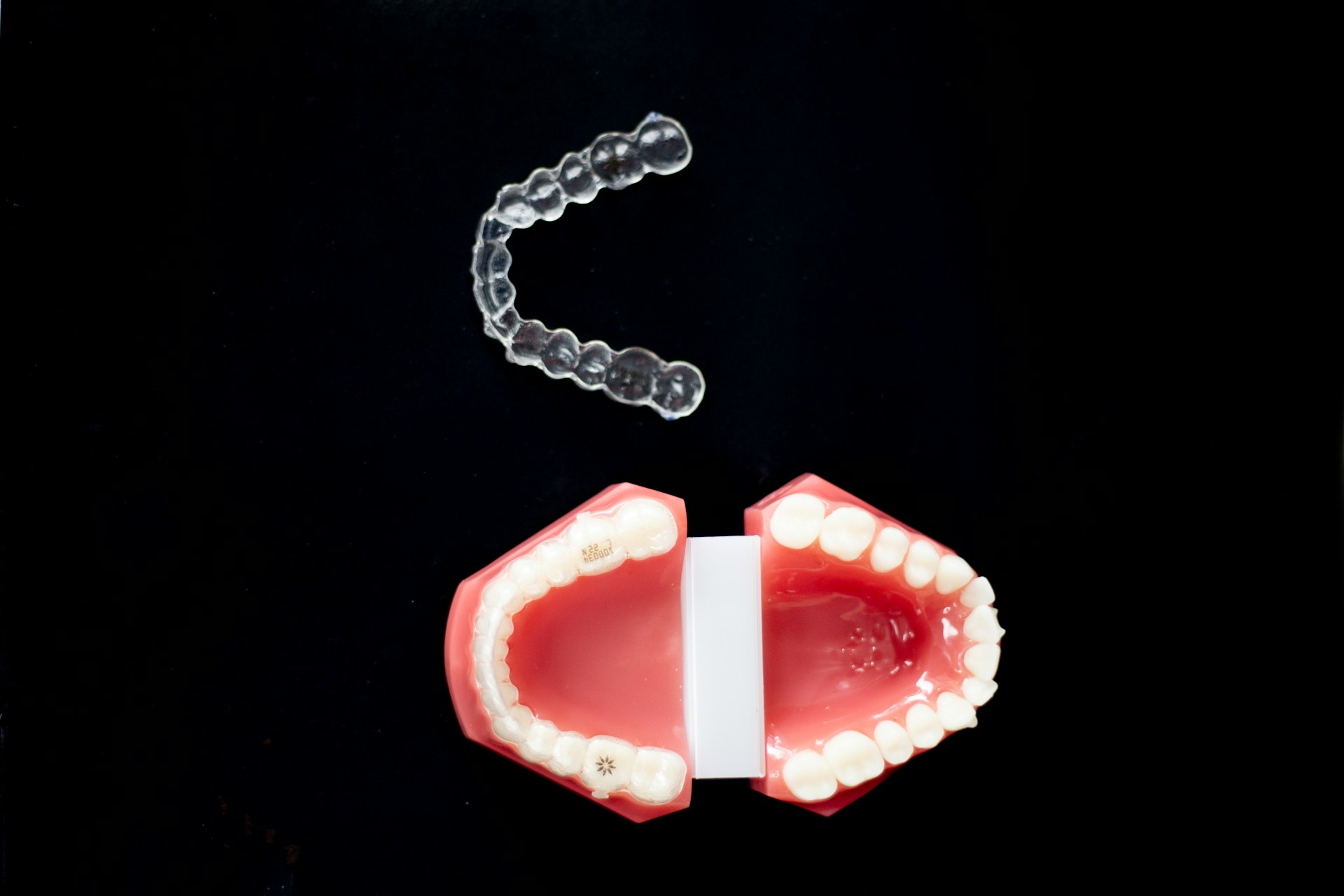
Caring for temporary veneers is crucial for preserving both their appearance and functionality. Patients need to engage in proper oral care and follow appropriate dental maintenance practices to ensure that their veneers remain in good condition.
1. Avoid Hard and Sticky Foods
To preserve the integrity of temporary veneers, it is essential to avoid hard and sticky foods that can damage the veneer structure and compromise oral hygiene.
For example, foods such as nuts, hard sweets, and popcorn can apply excessive pressure on the delicate dental work, increasing the risk of chipping or dislodging. Likewise, sticky items like caramel, chewy sweets, and certain types of bread can become lodged in the crevices of temporary veneers, making it challenging to clean the area effectively.
This not only raises the risk of tooth decay and gum disease but may also lead to discomfort and complications in the future. Being mindful of these dietary choices will enhance the longevity of the veneers while promoting a healthy and aesthetically pleasing smile.
2. Brush and Floss Carefully
Proper brushing and flossing techniques are essential for maintaining the health of teeth underneath temporary veneers and ensuring optimal oral hygiene.
To care for these dental appliances effectively, individuals should utilise a soft-bristled toothbrush to gently clean the surfaces, avoiding excessive pressure that could dislodge the temporary fixtures. It is also beneficial to incorporate a non-abrasive toothpaste, which helps protect the veneers from scratches while keeping the underlying teeth healthy.
When flossing, it is important to use waxed floss, as it glides smoothly between the teeth. One should take care to wrap the floss around each tooth rather than forcing it in, as this could potentially damage the edges of the veneers.
Regular dental check-ups and adherence to professional recommendations will further enhance the longevity and appearance of temporary veneers.
3. Use a Mouth Guard for Teeth Grinding
For those who grind their teeth, using a mouth guard is crucial for protecting temporary veneers and ensuring overall dental safety.
This protective device acts as a barrier between the grinding surfaces of the jaw, significantly reducing the risk of chipping or cracking those temporary veneers.
Without adequate protection, the excessive pressure and friction caused by bruxism can jeopardise the integrity of these veneers, potentially resulting in expensive repairs or replacements.
By wearing a mouth guard during sleep or in stressful situations, individuals can substantially lessen the strain on their teeth, helping to preserve their investment in oral care.
Taking proactive measures in dental safety not only protects the appearance of temporary veneers but also promotes healthier teeth and gums in the long run.
What Happens After Permanent Veneers Are Placed?
Once permanent veneers are placed, patients can anticipate a follow-up dental consultation to ensure a proper fit and discuss any necessary adjustments for optimal satisfaction.
This appointment provides dental professionals with the opportunity to assess the alignment of the veneers and confirm that they meet the patient’s aesthetic expectations. Often, minor modifications may be required to enhance both comfort and appearance.
Patients will typically receive guidance on the best practices for maintaining their veneers, including recommended cleaning techniques and products to use or avoid. Open communication during this visit can greatly enhance patient satisfaction by addressing any lingering concerns or discomfort.
In the rare case that a veneer needs to be removed or replaced, patients will be taken through the process, ensuring they feel informed and comfortable at every step.
Alternatives to Temporary Veneers
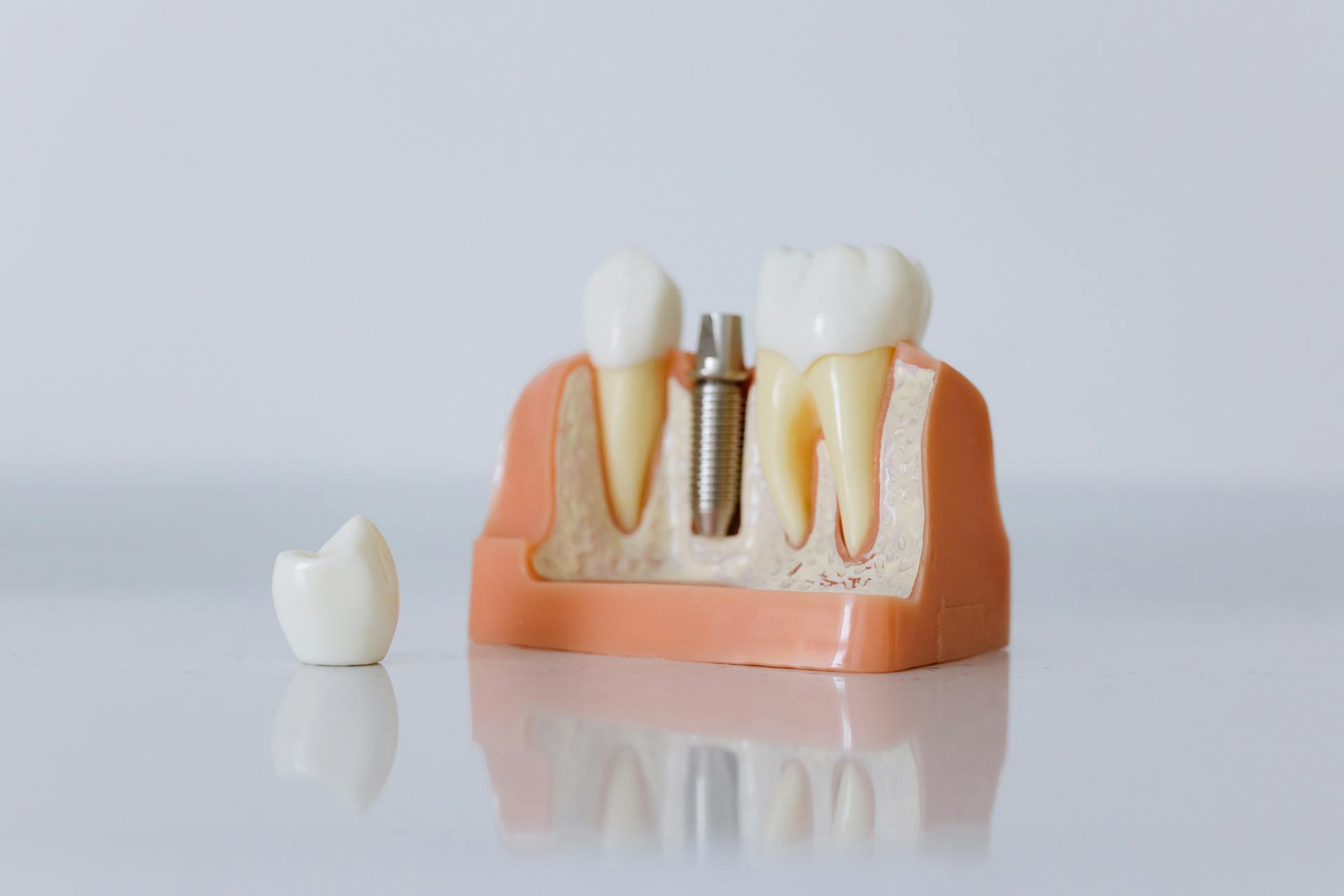
For individuals exploring alternatives to temporary veneers, there are several effective cosmetic options available.
- Dental bonding
- Teeth whitening
- Porcelain crowns
1. Dental Bonding
Dental bonding is a widely used cosmetic dentistry technique designed to improve the appearance of teeth by using tooth-coloured materials to address various imperfections.
This process entails applying a durable resin that can be skillfully shaped and polished to blend seamlessly with the surrounding enamel, effectively concealing chips, gaps, or discolouration. Unlike temporary veneers, dental bonding offers a more immediate solution, often completed in just one appointment, which makes it a convenient option for those eager to enhance their smile without delay.
The materials utilised in bonding are not only aesthetically appealing but also quite durable, allowing for effective tooth restoration that can last for several years with proper care. Additionally, it presents a cost-effective alternative for individuals looking for cosmetic enhancements without the lengthy process typically associated with veneers.
2. Teeth Whitening
Teeth whitening serves as an effective cosmetic solution for brightening your smile and addressing discolouration without resorting to temporary veneers.
There are several methods at your disposal, including professional treatments offered by dental practices, at-home kits, and over-the-counter products. Each of these options varies in effectiveness and application.
Professional whitening typically provides the most immediate and pronounced results, thanks to the concentrated bleaching agents used by skilled dental professionals. On the other hand, at-home kits offer a more convenient—though time-consuming—alternative, while over-the-counter options, while generally less effective, are quite accessible.
Regardless of the method you choose, investing in teeth whitening can greatly enhance your overall dental aesthetics. Not only does it improve the shade of your teeth, but it also boosts your confidence and encourages better dental hygiene practices.
3. Porcelain Crowns
Porcelain crowns represent an effective alternative for comprehensive tooth restoration, combining strength and aesthetic appeal in a manner reminiscent of permanent veneers.
These dental solutions are especially notable for their ability to replicate the natural translucency and colour of teeth, making them an ideal choice for individuals who desire both functionality and beauty. Unlike temporary veneers, which are intended as a short-term solution, porcelain crowns are designed for durability and longevity.
They excel at restoring heavily damaged teeth while also providing protection against further decay.
In comparison to permanent veneers, porcelain crowns generally offer a stronger barrier against wear and are less prone to staining over time. Their versatility in dental applications contributes to their popularity among those seeking reliable tooth restoration that seamlessly blends with their existing smile.
Frequently Asked Questions
What are temporary veneers?
Temporary veneers are thin, tooth-coloured shells that are used to cover the front surface of teeth for a temporary period. They are usually made from acrylic or composite resin material and are designed to mimic the appearance of natural teeth.
Why might I need temporary veneers?
Temporary veneers may be recommended by your dentist for a variety of reasons. They are commonly used as a temporary solution while waiting for permanent veneers to be made, or as a trial period to see if you like the look and feel of veneers before committing to a permanent option. Temporary veneers can also be used to protect sensitive or damaged teeth while a more permanent treatment plan is developed.
How long do temporary veneers last?
Temporary veneers are not meant to be a long-term solution and will typically last for about 1-2 weeks. This timeframe can vary depending on the material used and the individual’s oral hygiene habits. It is important to follow your dentist’s instructions for caring for your temporary veneers to ensure they last as long as possible.
Do temporary veneers require any special care?
While temporary veneers are in place, it is important to avoid eating hard or sticky foods that could damage or dislodge them. You should also continue with your regular oral hygiene routine, being gentle around the veneers to avoid accidental removal. Your dentist may also recommend avoiding certain habits, such as smoking, that could affect the appearance or longevity of the temporary veneers.
Are temporary veneers comfortable to wear?
Temporary veneers are designed to be as comfortable as possible, but it is common to experience some minor discomfort or sensitivity while wearing them. This should subside after a few days as your mouth adjusts to the veneers. If you experience persistent discomfort or pain, be sure to contact your dentist.
Can I get temporary veneers on all of my teeth?
While temporary veneers can be placed on multiple teeth, they are typically used on a few select teeth for a specific purpose. Your dentist will evaluate your individual needs and determine if temporary veneers are the best option for you. In some cases, permanent veneers may be recommended for a more comprehensive treatment plan.
